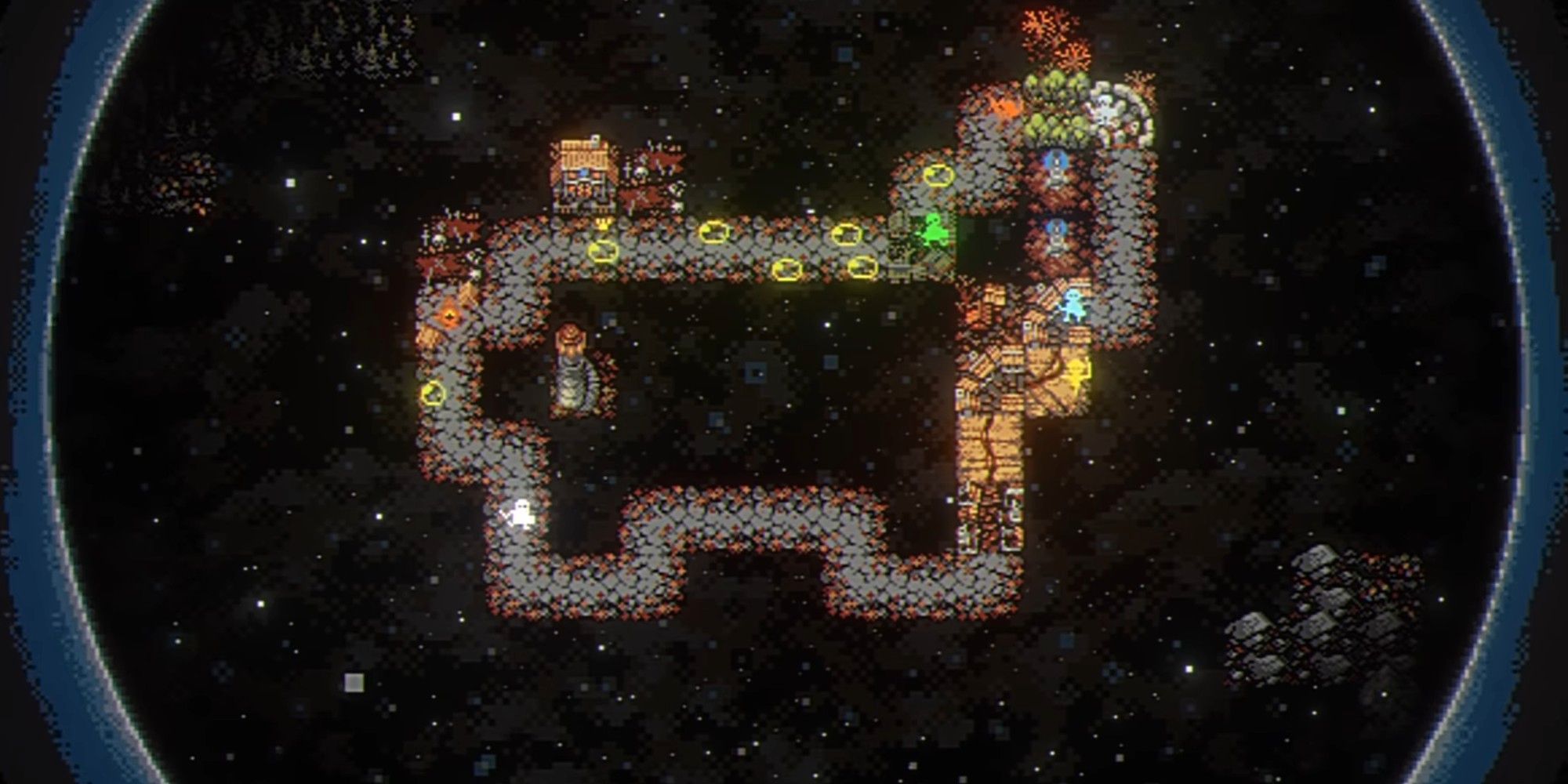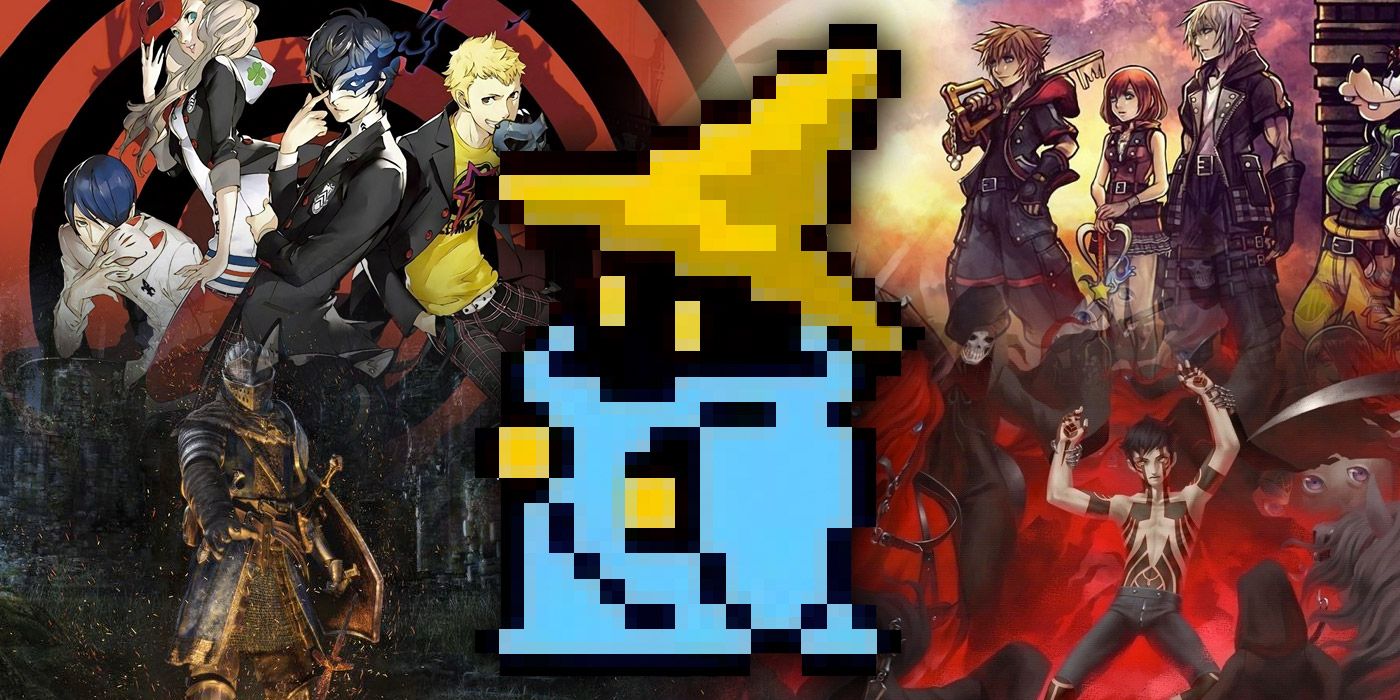
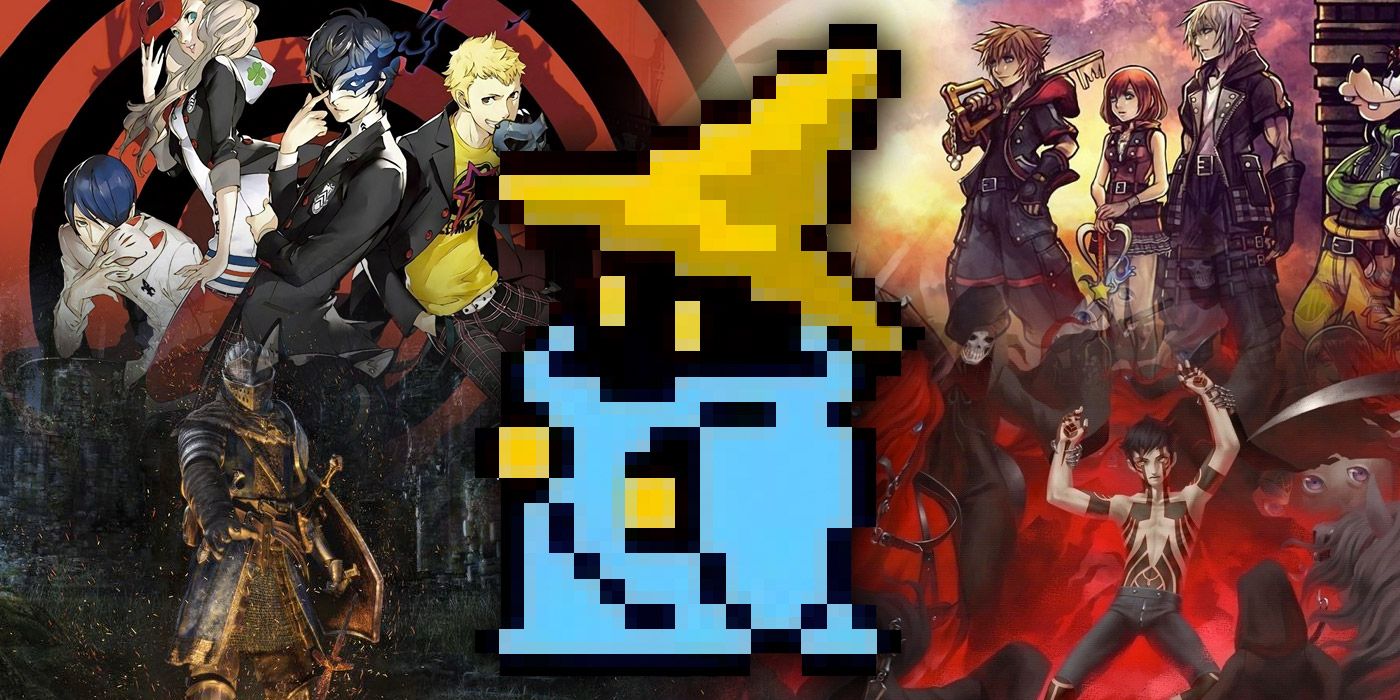
With the recent release of the first half of the Final Fantasy Pixel Remaster, new and returning players have been given new access to the classic titles in the series. However, taking a new look at the original game, many of the themes and tropes of the first Final Fantasy set a precedent that held through dozens of other JRPGs, both from Square Enix and other companies.
While there are groundbreaking games within the genre that came out first, such as the first Dragon Quest, the basic structure laid out by the original Final Fantasy have led to worldwide success that has impacted the genre to this day. In fact, it's hard to even find a western RPG that doesn't at least partially emulate the foundation left by Square Enix with this first game.
RELATED: Super Smash Bros. Melee Modder Adds Cloud Strife from Final Fantasy 7
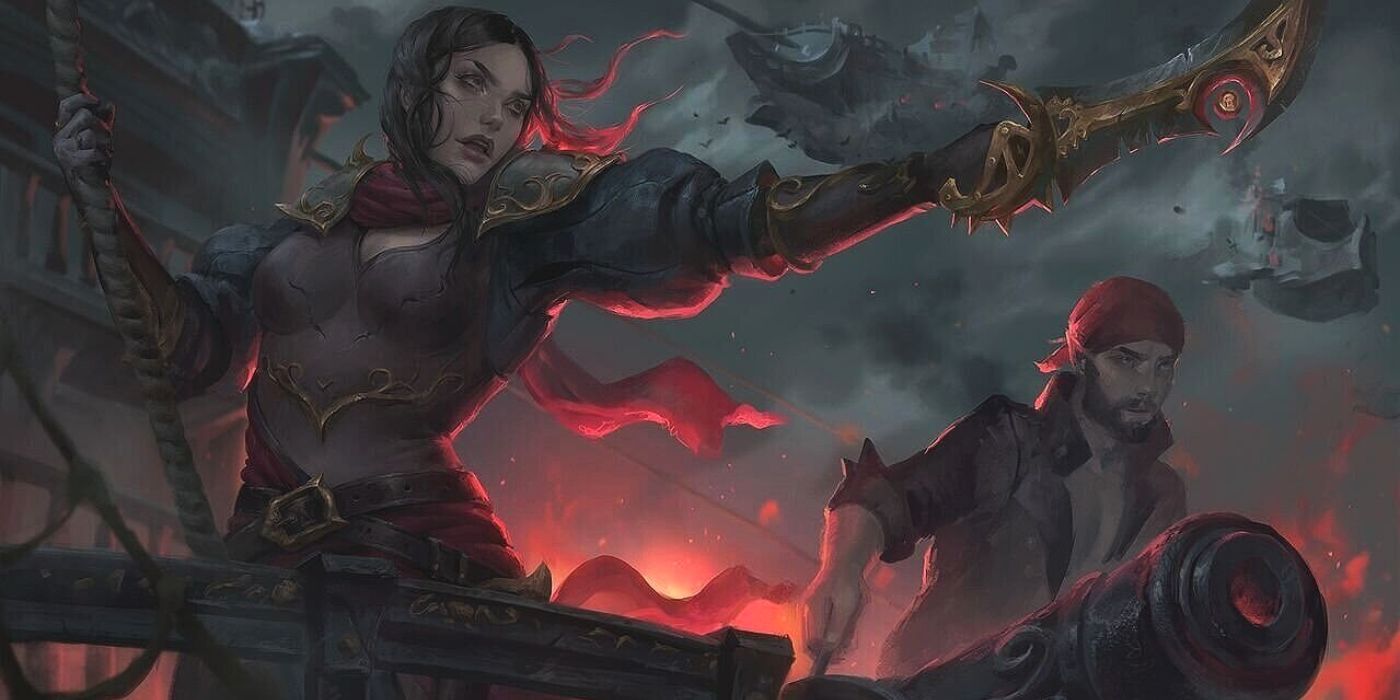
Among the many urban legends centered around the Final Fantasy series is the fact that this first title, in what would eventually be Square Enix's flagship franchise, was expected to be the last game the studio would develop. This is supposedly where the "Final" part of the name comes from, and the idea was to adapt the style of a western tabletop RPG, specifically the combat and character archetypes from Dungeons and Dragons. For example, classes that would later be referred to as Jobs like Warrior, Black Mage, and White Mage, come from D&D's Fighters, Wizards, and Clerics.
Of course, this wasn't exactly ground-breaking for either Square Enix (formerly Squaresoft) or the RPG genre in general from this era of gaming. However, most earlier RPGs, including everything as early as text based adventures, often only gave players control of a single character, as opposed to a full party. So, the task of building and maintaining a dynamic party to cover each other's weaknesses and best be ready to tackle whatever challenges the developer has set in store.
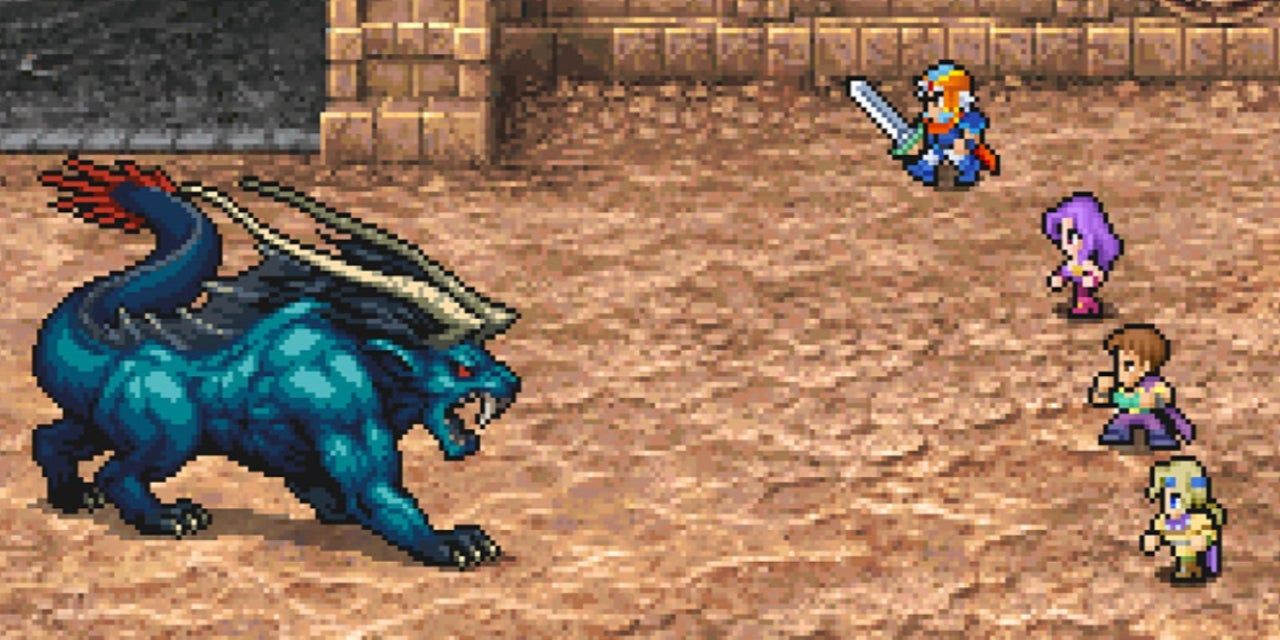
The basic story from the original Final Fantasy centers around the player controlling four Warriors of Light, legendary heroes said to relight the Four Crystals and bring balance to the world. For a more in-depth look at the story is exactly that as well, except now players have to worry about the Four Fiends, Final Fantasy's first boss fights, and a big bad at the end of a 2000-year time portal. It really doesn't get much more complicated than that as far as the plot goes, and to understand why their doing this, players will have to talk to the circle of twelve exposition sages in order to understand the single paragraph worth of lore.
While the game doesn't have the most intricate narrative, it did set the building blocks for JRPGs to come from the remaining Dragon Quest titles to classics like Golden Sun. Specifically, it created a trend where not every dungeon is central to the plot, but sometimes act as more of a detour needed to unlock passage to the more important areas. Of course, the meticulously unlocked progress extends not only to gaining access to the next dungeon, but also to the larger overworld.

Large, explorable overworlds with points of interest like towns and dungeons sprinkled across the map have become somewhat of a thing of the past, as more RPGs have worked towards creating worlds that are more open. However, up until Final Fantasy 10, these overworlds offered their own puzzles for how to progress, primarily with the key to exploring new areas coming from new modes of transportation. In the first Final Fantasy, this was limited to walking, which is quickly upgraded with a seafaring ship, then a canoe for rivers, and finally an airship that can visit all areas.
Other titles in the Final Fantasy series would extend this by adding mounts like Chocobos, all-terrain buggies, and multiple different versions of the airship. However, many other RPGs have taken note of this nearly Metroidvania style of hiding progression through unlocking new abilities or vehicles. Some notable mentions for other variants of the Final Fantasy vehicles would be Dragon Quest 8's godbird Empyrea or Wild Arms 3's robot-dragon-jet Lombardia.
RELATED: Thousands of Final Fantasy 14 Players Create Chaos in Asmongold Stream
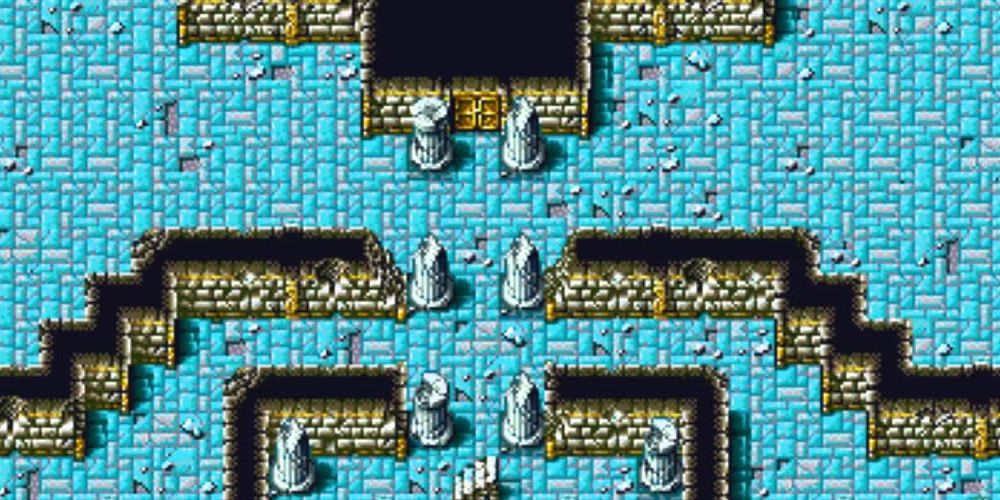
On the topic of the airship, the one that appears in the first Final Fantasy is one of the clearest examples of a trend from the early games that some fans lovingly refer to as Moon Logic. Essentially, this means the puzzles in Final Fantasy have a tendency to have answers that require players to either try things that wouldn't necessarily make sense, or already know the answer. A prime example is receiving the airship in the original game requiring players to take an item called a Levistone from a random cave that might otherwise be overlooked all the way to a desert on the other side of the map.
These types of puzzles have more often been used for later Final Fantasy's side quests, but they have become a prevalent part of almost every JRPG, whether developed by Square Enix or otherwise. Sometimes these are used to create fun story moments. However, for every joke or intentional piece of odd design, there are frustrating puzzles right out of Kings Quest or Monkey Island that are the entire reason for people to look up strategy guides.
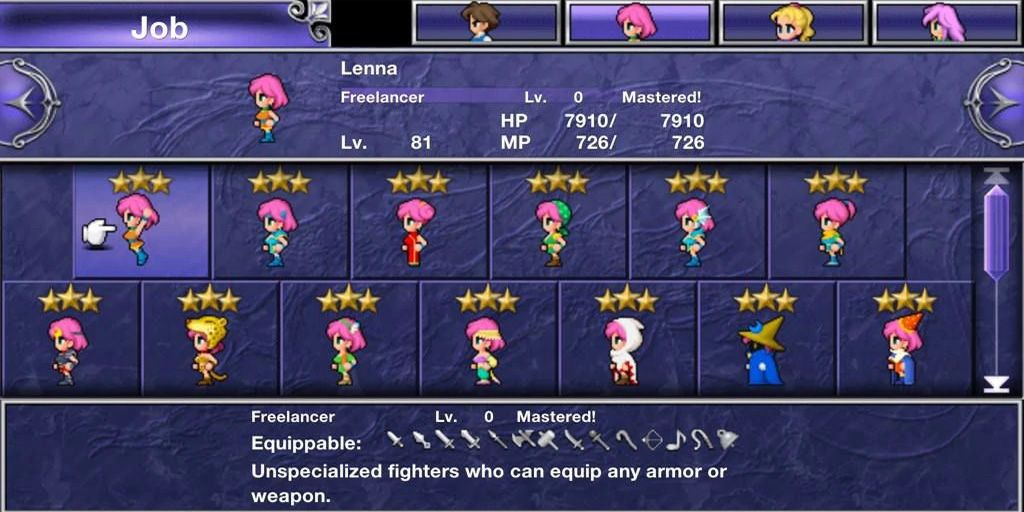
When it comes to Square Enix's own titles following along with this formula, the developer has been a strong example of how this foundation can be built on top of. Aspects like the Four Crystals have transformed into Huge Materia in Final Fantasy 7 to unlocking the Aeons in Final Fantasy 10. Then the Four Fiends have been upgraded to more impressive sub-villains like Seifer and Seymore who add a human element to the conflict.
What's most interesting about all of these games, though, is that the framework first developed all the way back in the original Final Fantasy. Progress is still walled off by finding new mounts and vehicles, and the world is often on the line with a mind-bending twist right at the end of the narrative. Across the whole Final Fantasy franchise, no matter how much the series changes, it still holds onto what made the first game resonate with players over 30 years ago.
Final Fantasy Pixel Remaster is available now on Mobile and PC.
MORE: Final Fantasy 14's New Sage Icon is a Big Step Toward More Inclusivity

